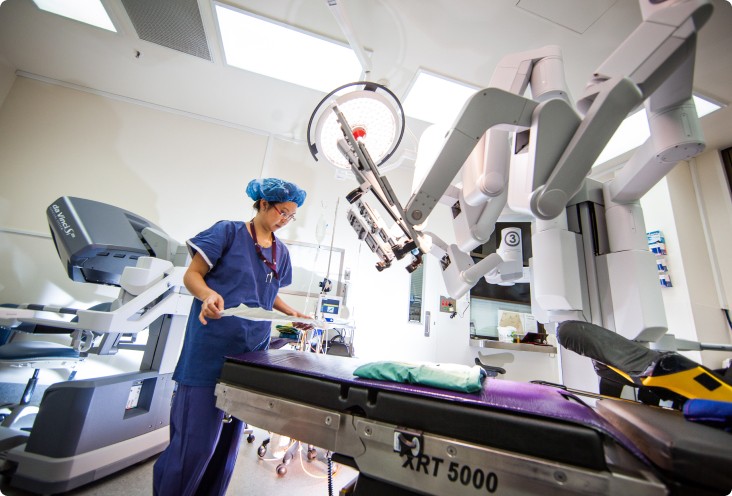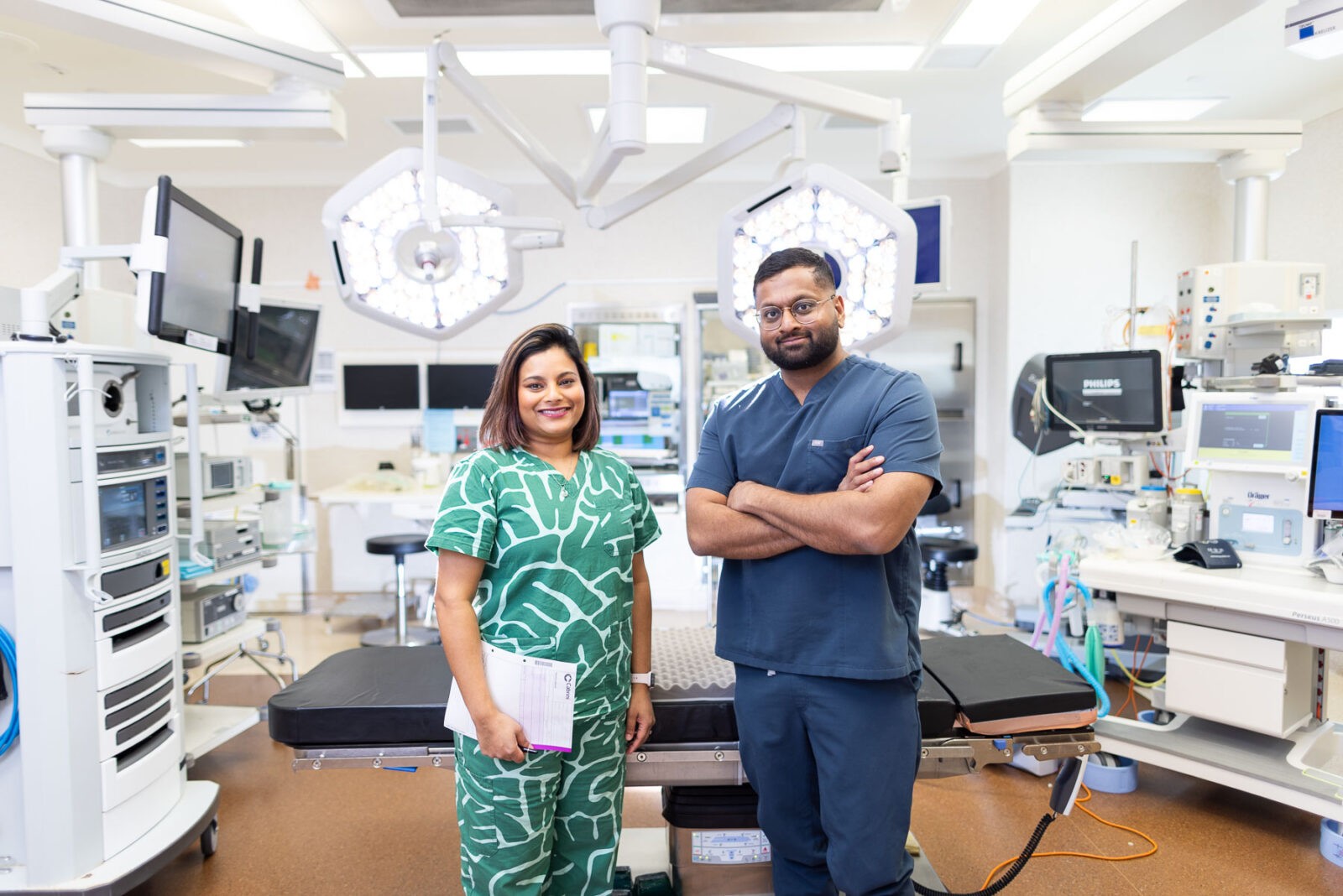Common menstrual disorders include dysmenorrhoea (painful periods), menorrhagia (heavy menstrual bleeding), oligomenorrhoea (infrequent periods), amenorrhoea (absence of periods), and premenstrual syndrome (PMS).
In Australia, addressing menstrual disorders involves a multidisciplinary approach, often requiring the expertise of gynaecologists, endocrinologists, and general practitioners.
Dysmenorrhoea is characterised by severe and frequent menstrual cramps and pain during menstruation.
HMB is defined as abnormally heavy or prolonged menstrual bleeding.
Oligomenorrhoea refers to infrequent menstrual periods, typically occurring more than 35 days apart.
Amenorrhoea is the absence of menstruation. It can be primary (when a woman has not had her first period by age 16) or secondary (when a woman who previously had regular periods stops menstruating for three or more months).
Premature ovarian insufficiency (POI), also known as premature menopause, occurs when the ovaries stop functioning spontanetously before the age of 40. This condition can lead to the cessation of menstrual periods and reduced fertility.
Premenstrual syndrome (PMS) includes a variety of physical, emotional, and behavioural symptoms that occur before the onset of menstruation.
In Australia, the management of menstrual disorders, including heavy menstrual bleeding (HMB), emphasises early intervention, patient education, and equitable access to healthcare. The National Women’s Health Strategy 2020–2030 highlights the importance of improving menstrual health literacy through public health campaigns and school education programs, ensuring timely access to specialist care for diagnosis and treatment, and promoting informed decision-making among women.
The Heavy Menstrual Bleeding Clinical Care Standard, developed by the Australian Commission on Safety and Quality in Health Care, outlines eight quality statements to guide the care of women with HMB. These statements emphasise comprehensive assessment, informed choice, and the provision of the least invasive and most effective treatment options. Additionally, the Royal Australian and New Zealand College of Obstetricians and Gynaecologists (RANZCOG) and the Royal Australian College of General Practitioners (RACGP) provide evidence-based guidelines to support healthcare professionals in delivering high-quality care for common menstrual disorders.










We are a general gynaecology and infertility treatment clinic based in Melbourne, dedicated to the latest minimally invasive gynaecological diagnostic and surgical techniques. We are leaders in laparoscopic and cutting-edge robotic surgery.
If you have a question about a condition or treatment, or would like to book an appointment, please get in touch.